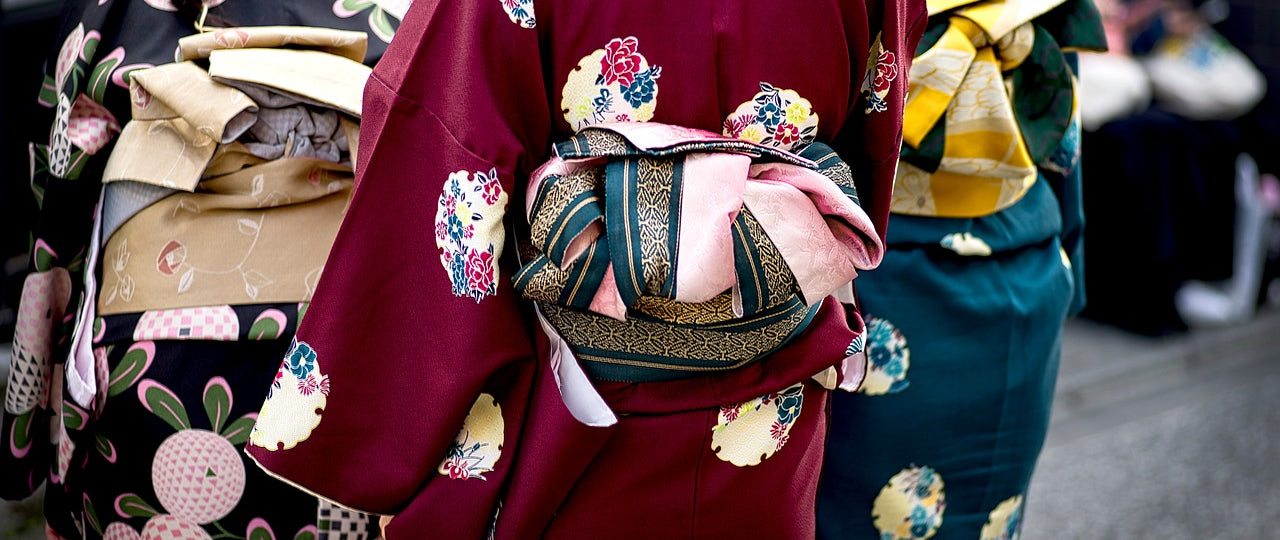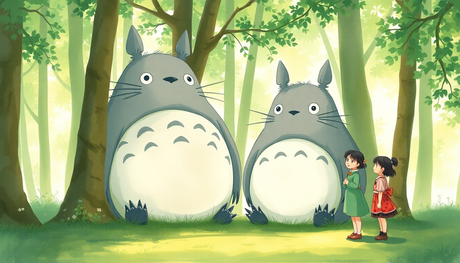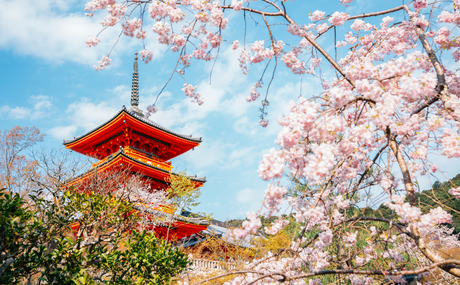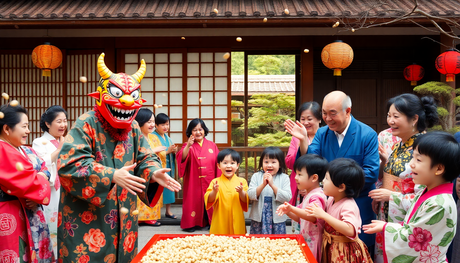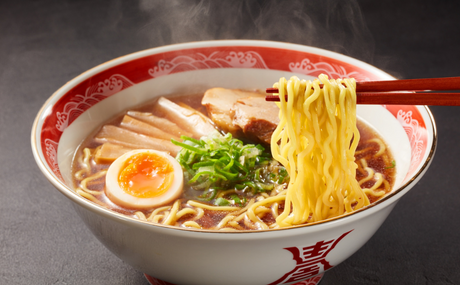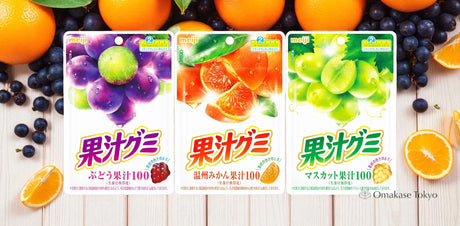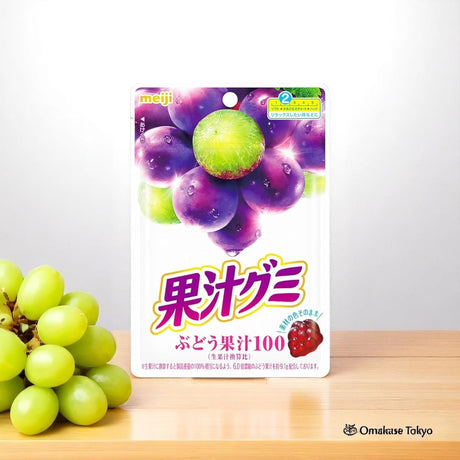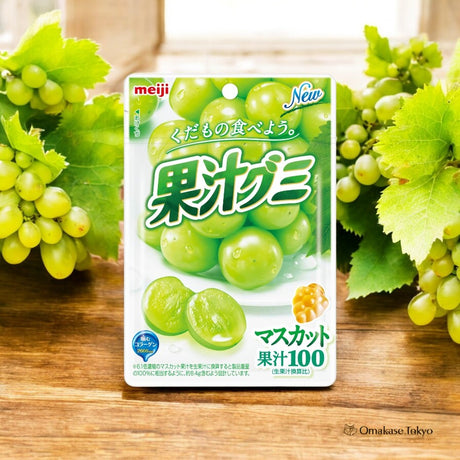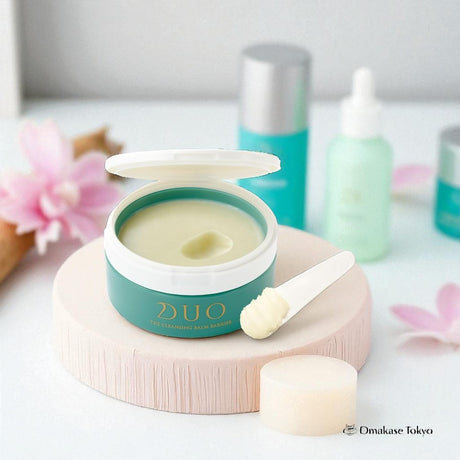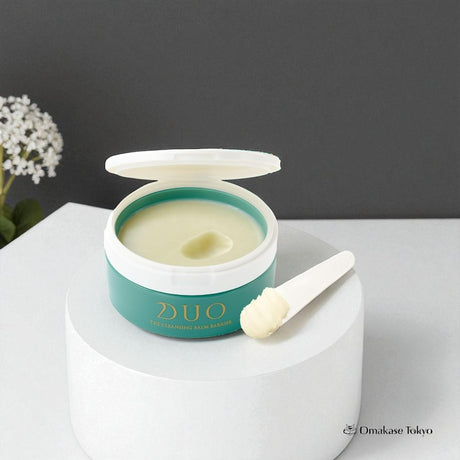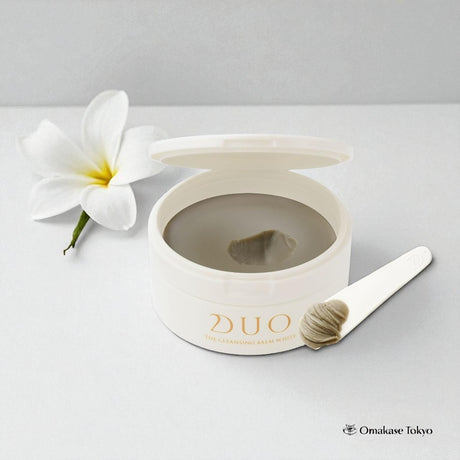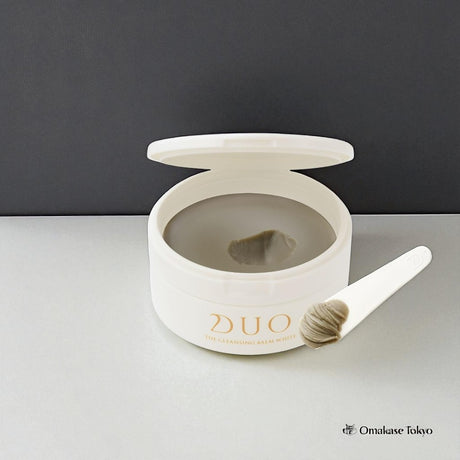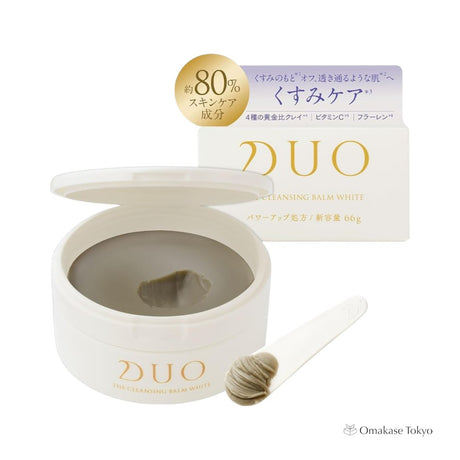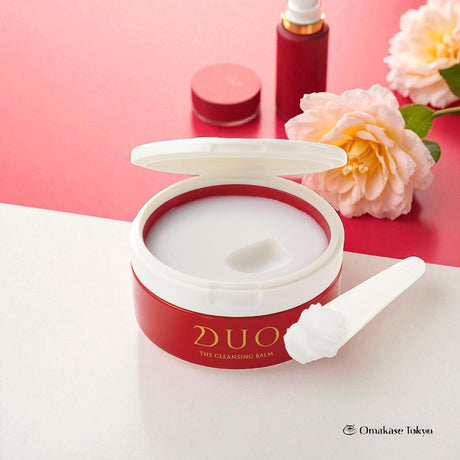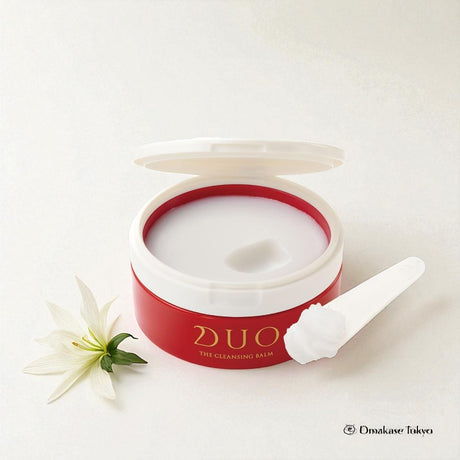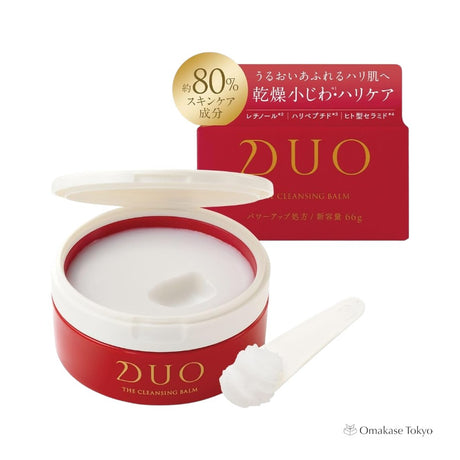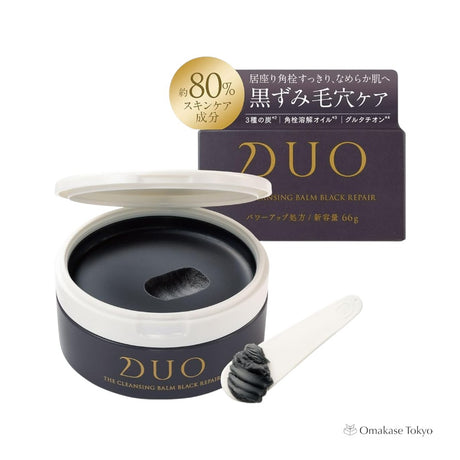The kimono, a symbol of Japanese culture and tradition, is more than just a piece of clothing; it is a piece of art, a historical artifact, and a reflection of the country's social and aesthetic values. This article delves into the kimono's rich history, intricate design, cultural significance, and its place in contemporary society.
Historical Evolution
The origins of the kimono can be traced back to the Heian period (794-1185), when it evolved from the Chinese-style garments worn by the Japanese aristocracy. The term "kimono," meaning "thing to wear," was adopted during the Edo period (1603-1868). During this time, the kimono became a symbol of status, with distinct styles, patterns, and colors signifying the wearer's social rank and occupation.
Design and Construction
A traditional kimono is a T-shaped, straight-lined robe that falls to the ankle, with attached collars and long, wide sleeves. It is usually wrapped around the body, with the left side over the right (except for funerals), and secured with an obi (a wide belt).
Kimonos are made from a single bolt of fabric, known as a tanmono. The fabric choices are diverse, including silk, cotton, wool, and synthetic fibers, each suitable for different occasions and seasons. The process of making a kimono is labor-intensive, often involving hand-dyeing techniques like shibori (tie-dye), yuzen (freehand painting), and intricate embroidery.
Types of Kimono
There are several types of kimono, each designed for specific occasions and seasons:
- Furisode: Worn by unmarried women, characterized by its long sleeves and vibrant colors.
- Tomesode: A formal kimono for married women, often black with a more subdued design.
- Homongi: A semi-formal kimono suitable for both married and unmarried women, featuring patterns that flow over the shoulder.
- Yukata: A casual summer kimono made of cotton, typically worn to festivals and bathhouses.
- Uchikake: An elaborate, heavily embroidered kimono worn over the wedding kimono.
Cultural Significance
The kimono is not merely a garment but a canvas for storytelling and expression. The patterns and colors of a kimono often convey the seasons, nature, and auspicious symbols. For example, cherry blossoms represent spring and renewal, while cranes symbolize longevity and good fortune.
In addition to its aesthetic value, the kimono carries social and ceremonial importance. It is worn during major life events such as weddings, tea ceremonies, and coming-of-age celebrations. The way a kimono is worn, the choice of fabric, and the accessories used all adhere to strict cultural codes and traditions, reflecting the wearer's awareness and respect for Japanese customs.
The Kimono in Contemporary Society
While Western fashion has influenced everyday attire in Japan, the kimono remains a cherished symbol of Japanese heritage. Modern designers have reinterpreted the kimono, blending traditional elements with contemporary fashion trends. This has led to the rise of "wa-loli" (a fusion of kimono and Lolita fashion) and other hybrid styles.
Kimono rental shops are popular among tourists and locals alike, allowing people to experience the beauty of kimono without the expense of ownership. Additionally, events like the Tokyo Kimono Week celebrate the kimono’s enduring appeal and promote its cultural significance.
Preservation and Innovation
Efforts to preserve and promote kimono culture include educational programs, museums dedicated to traditional Japanese textiles, and initiatives to support artisans who continue to practice traditional kimono-making techniques. At the same time, innovations in fabric technology and design are making kimonos more accessible and versatile for modern use.
Wanna try Kimono for yourself? Visit Japan!
The kimono is a testament to Japan's rich cultural heritage and its ability to adapt and thrive in the modern world. Whether worn for traditional ceremonies or as a fashion statement, the kimono continues to captivate and inspire, embodying the elegance and depth of Japanese culture. As we look to the future, the kimono stands as a symbol of timeless beauty and cultural continuity, bridging the past with the present.

